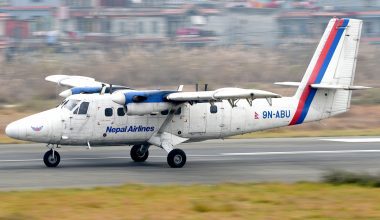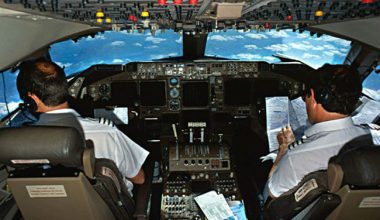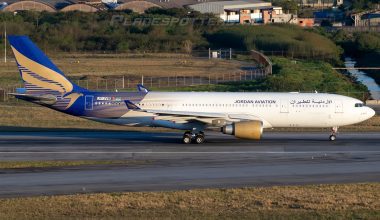The concern about the effects of the A380’s wake turbulence is rising with the reference to Emirates A380 vs Challenger 604 incident.
The incident occurred when a Challenger 604 at FL340 was flying to Abu Dhabi from Male passed an Emirates A380 opposite direction at FL350 (one thousand feet above), about 630nm southeast of Muscat, Oman over the Arabia Sea. The wake turbulence from A380 sent the Challenger into an uncontrolled roll, turning the aircraft at least 3 times, up to a maximum of 5 times. The incident resulted both engines to flame out and compelled aircraft to lose 10,000 feet. The crew were able to control the jet however; the engines had already burned out.
[the_ad id=”28989″]With emergency declaration, the aircraft made a safe landing at Muscat. The deadly incident resulted several injuries and damaged the aircraft badly.
This recovery can be compared to the ‘Miracle on the Hudson’ and the DHL A-300 recovery in Baghdad. The crew did a fantastic and remarkable job.
In 1992/3 two fatal crashes were encountered due to the unusual wake turbulence pattern of Boeing 757. Federal Aviation Administration (FAA) advised air traffic controllers to increase the separation and warn aircraft nearing 757.
The review by Airbus on wake turbulence of A380 in 2006 concluded that the A380 did not require any type of separation for wake turbulence, because of its size. Other big jets like Antonov 124 and Boeing 747 need 4nm separation from the traffic ahead.
So, is there a point to worry about wake turbulence when you fly? Well, if you are flying on a larger commercial airliner then it is quiet safe due to the reason that the required precautions are almost always applied however; in case of private jet, wake turbulence can be deadliest ever.






